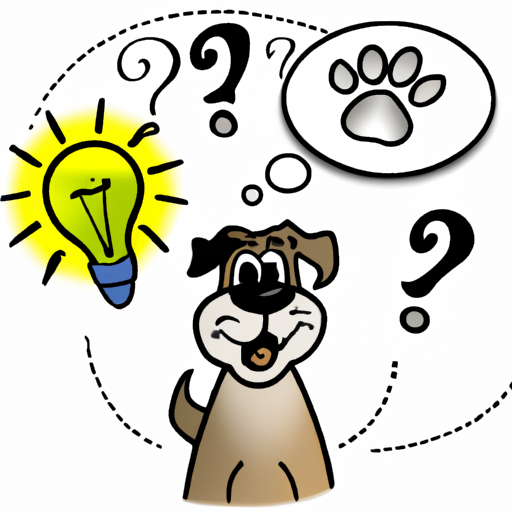Introduction
You’ve probably seen it a million times – your beloved furry friend spinning in circles before they lie down or even when they get excited. But have you ever stopped to wonder why? This quirky canine behavior has puzzled dog owners for years. Let’s delve into the reasons behind this baffling behavior.
Historical Background
Dogs, as descendants of wolves, have inherited some of their wild ancestors’ behaviors. Turning in circles is one such behavior. It’s speculated that in the wild, wolves would turn in circles to flatten the grass, leaves, or snow and create a comfortable place to sleep or give birth.
Behavioral Factors
Sometimes, your dog’s spinning might not be as deeply rooted in their DNA. Instead, it could be a learned behavior that they’ve picked up for various reasons:
- Attention-Seeking – Dogs often learn that certain behaviors make them the center of attention, and they might start spinning in circles to get you to notice them.
- Excitement – Some dogs may spin in circles when they’re particularly excited or happy. This could be when they see you after a long day or when it’s time for a walk.
- Chasing Their Tails – Dogs might spin in circles as they try to catch their tails. This behavior can be amusing to watch, but it can also be a sign of a health problem.
Health Concerns
While spinning in circles is often a harmless behavior, in some cases, it could indicate a health problem:
- Ear Infections – If your dog is spinning in circles and also shaking their head or scratching their ear, they might have an ear infection.
- Neurological Disorders – Certain neurological disorders can cause dogs to spin in circles. If your dog is spinning excessively or seems disoriented, it’s best to consult a vet.
- Canine Compulsive Disorder – This is similar to Obsessive Compulsive Disorder (OCD) in humans. Dogs with this disorder might spin in circles excessively.
| Possible Health Concern | Symptoms |
|---|---|
| Ear Infections | Head shaking, ear scratching |
| Neurological Disorders | Excessive spinning, disorientation |
| Canine Compulsive Disorder | Excessive, compulsive spinning |
Training and Management
If your dog’s spinning is becoming a problem, there are steps you can take to manage it:
- Distraction – When you see your dog start to spin, distract them with a toy or a command.
- Training – Teach your dog a “stop” or “enough” command to use when they start spinning.
- Exercise – Regular physical and mental exercise can help reduce excessive spinning.
Frequently Asked Questions
Q: Is it normal for my dog to spin in circles before lying down?
A: Yes, this is a common behavior inherited from their wild ancestors.
Q: When should I be concerned about my dog spinning in circles?
A: If your dog is spinning excessively, seems disoriented, or if there are other concerning symptoms like head shaking or scratching, consult a vet.
Q: Can I train my dog to stop spinning in circles?
A: Yes, with patience and consistency, you can train your dog to reduce or stop this behavior.
Understanding your dog’s behavior is an essential part of being a caregiver. By knowing why your dog turns in circles, you can ensure they’re healthy and happy and strengthen your bond with them.



